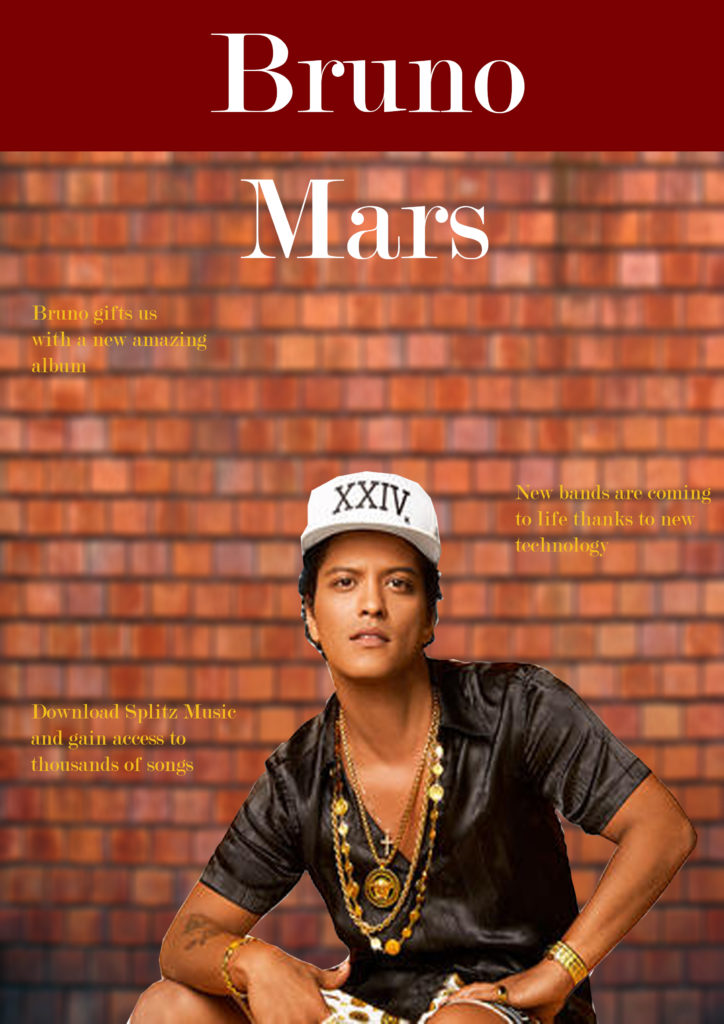The 5 filters that manufacture consent.
How does Noam Chomsky fit in with The Daily Mail and The i.
Ownership – The Daily Mail is owned by a large conglomerate called the Daily Mail General Trust, However The i used to be an independent newspaper until it was bought by Daily Mail General Trust in 2019.
Advertising – Because the target audience for the Daily Mail is lower-middle-class British women so they would try to advertise products that would be appealing and affordable to them. As with the i, because the target audience is much broader as it is for lapsed readers of quality newspapers of all ages, they would advertise products that could be for everyone.
The media elite shows how they can influence stories which means they are no longer true. Newspapers will do this so that their readers will have a certain view on specific events or topics. With the Daily Mail they may change certain details in a story so that their readers see it how they want it to be seen. This has been brought upon with the Daily Mail getting backlash for having “unreliable” stories. With the i they have been known to produce much more reliable stories.
Flak shows us how the media can influence what media we see. For example because the Daily Mail supports the conservatives, they will only show positive news about the Tory’s rather than negative. With the i, they are a centrist newspaper meaning they’re neither left or right wing so they have no political preference so they will have negative and positive news about all parties.
The Common enemy filter suggests that they need a common enemy to be able to produce more intriguing news.


